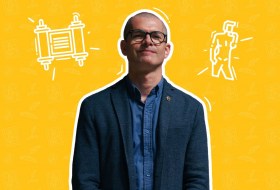News
Weaving memories: the living and healing lecture of deep pains by a Unicaucano teacher
At the intersection of history, art, and peace, Óscar Esteban Hernández, professor in the Department of Fine Arts at the University of Cauca, has forged a path toward collective healing. His life, interwoven with academia and social engagement, has given rise to spaces where knowledge becomes an act of symbolic reparation, transforming our classrooms into true territories of peace.
At the University of Cauca, there are classes that go beyond the act of sharing knowledge; they are seeds that grow into paths of healing. One of them is “Memory, Museums, Art, and Symbolic Reparation for Victims of the Armed Conflict”, led by Unicaucano professor Óscar Esteban Hernández, a renowned art historian who has found in teaching a way to reconcile the past with the present. From the Department of Fine Arts, this professor weaves memory, sensitivity, and transformation into every word, every image, and every pedagogical act: “I have devoted myself to being a useful instrument for the reparation of victims of the armed conflict in Cauca. I believe that the Victims Law and all the pain happening in the country should be aimed at healing. So, I had the honor of creating this course. We’re already on the second cohort, and it’s been a journey of self-healing and healing for the students as well. We have worked with victims, and more than working with them, we have learned from them, because they are great teachers. We have honored their pain; we have committed to paving the way for healing together. It has been one of the most beautiful experiences I’ve had as a teacher here at the University of Cauca.”
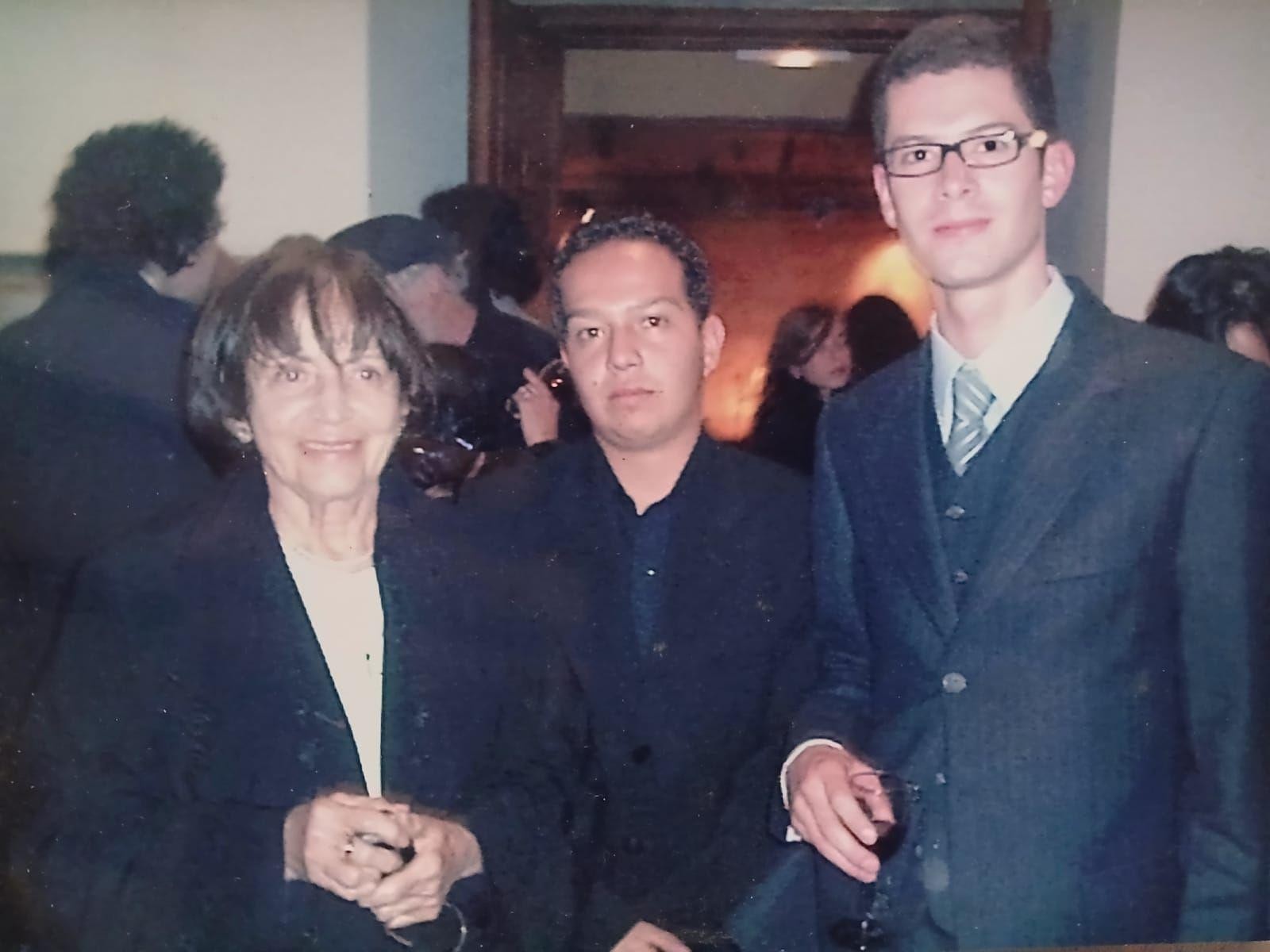
Provided photo
His passion for knowledge was literally born at home a home with a Unicaucano heart. The son of Irene Correa, a graduate in Literature and Spanish Language from this same institution, he grew up seeing the Alma Mater of Cauca as a vast, diverse, and powerful house. So, as the years passed, what happened felt like a natural step: he pursued a degree in History at the University, focusing on General History and the History of Art and Design. Later, he completed a Master’s in Government and Public Policy, a space where he strengthened a deep conviction: policies must also heal, not just serve as political instruments.
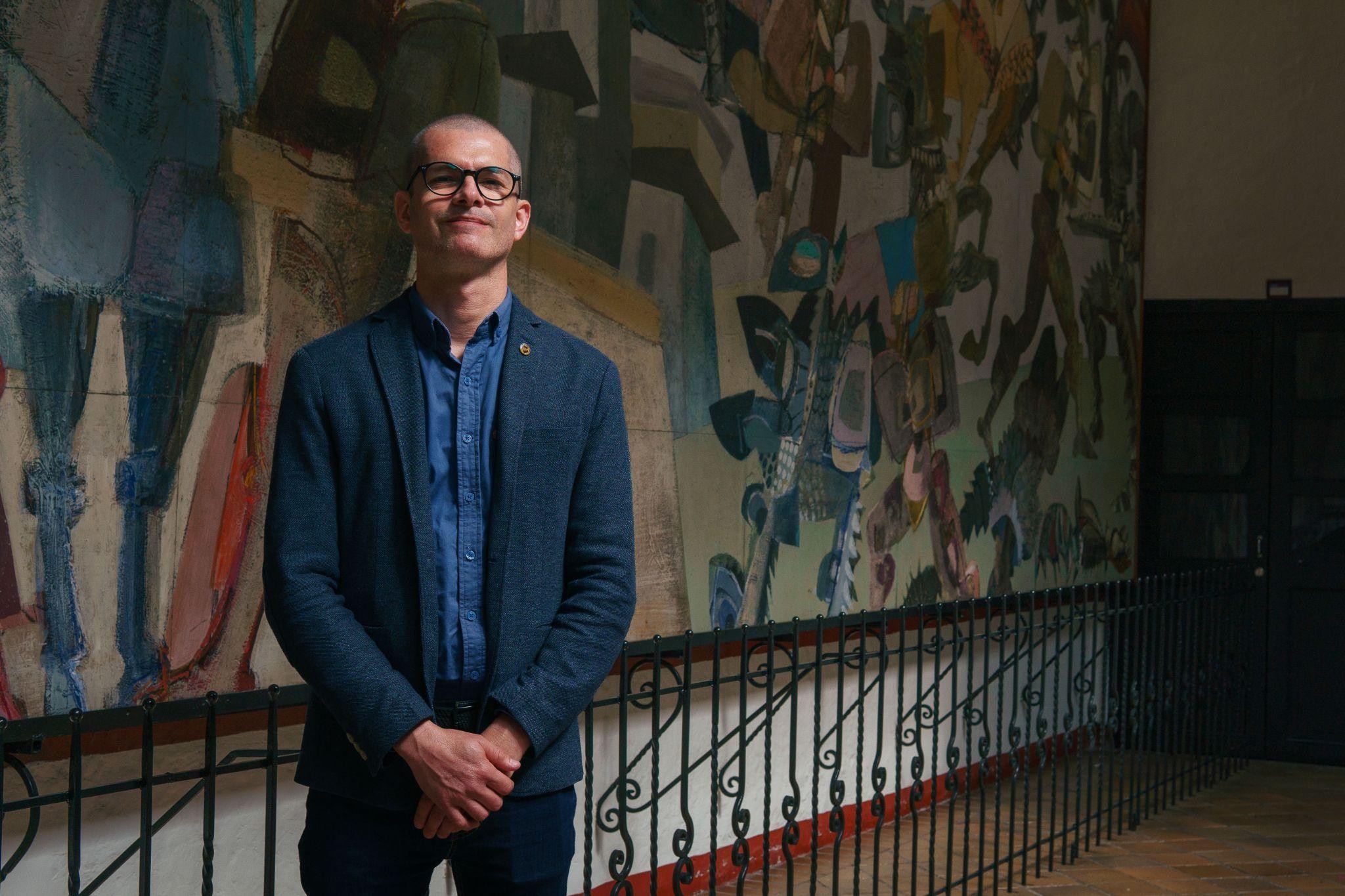
Provided photo
Before arriving in the classroom as a professor, Óscar had already built a solid career in cultural heritage management. In 2006, he received an award from the Ministry of Culture, a scholarship to work with Colombian Film Heritage for the exhibition commemorating 110 years of cinema in Colombia. Since then, his imprint has been present in significant curatorial processes such as the museological scripts of the Guillermo León Valencia House Museum, the National House Museum Guillermo Valencia, and the Museum of Religious Art of Popayán.
In all these spaces, his perspective has sought to humanize history and connect it to people’s emotions. His love for art also led him to direct the Negret Museum for a decade, a role he concluded with the publication of the chapter “A Modern Art Museum for a Colonial City”, featured in the book Imaginaciones, published by the University of Cauca.
His journey through art history has never stopped at aesthetic analysis; he has aimed to connect artistic expression with the pains and resistances of the present. It was during an experience at the Popayán Art Biennial that one of the most defining moments of his teaching journey took place. Invited to moderate a conversation with renowned artist Óscar Muñoz, he was so moved by the artist’s work that he simply couldn’t speak, “I was supposed to moderate the event at the Rafael Maya auditorium, which was packed. But since Óscar Muñoz is such a powerful and impactful figure through his plastic creation, he speaks through visual art, words wouldn’t come. I was so moved that I couldn’t moderate anything. Sometimes I cried; other times I was stunned by what he communicated… I had to be honest and said: ‘Óscar, I was invited here to moderate, but in truth, I have nothing to add, just to listen and be moved like everyone else in the room.’”
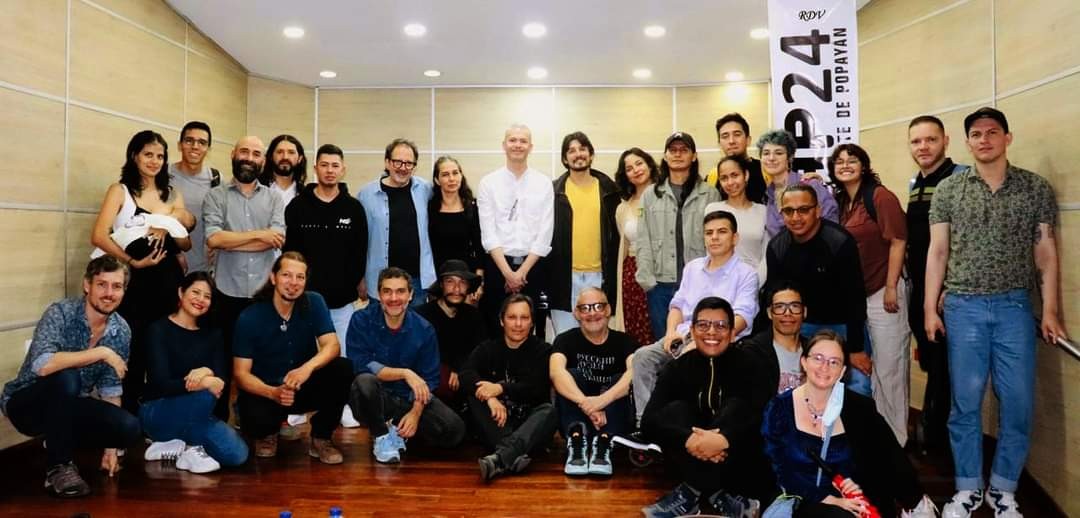 ç
ç
Provided photo
In that moment, he asked the artist: “How does your work relate to victims of the conflict?” To which he received an ambiguous but inspiring response: “Maybe artists today don’t feel the need to engage with the victims of armed conflict because they don’t want to dive so deeply into political matters. But if there’s a professor and a course that shows the way, one that is difficult but also passionate, perhaps some students might want to work with and for the victims.” Those words undoubtedly became the spark that drove this curious Unicaucano to create the course that now accompanies his students through a profound process of memory and creation.
“They’re catharsis classes,” his students say, because although tears may be shed, something is also built. The classroom becomes a workshop of humanity, where victims are the teachers, and art becomes a tool to express the inexpressible. Now in its second cohort, the course gathers experiences, knowledge, and hopes to heal a wounded Cauca, projecting the belief that through education, pain can be transformed into many things.
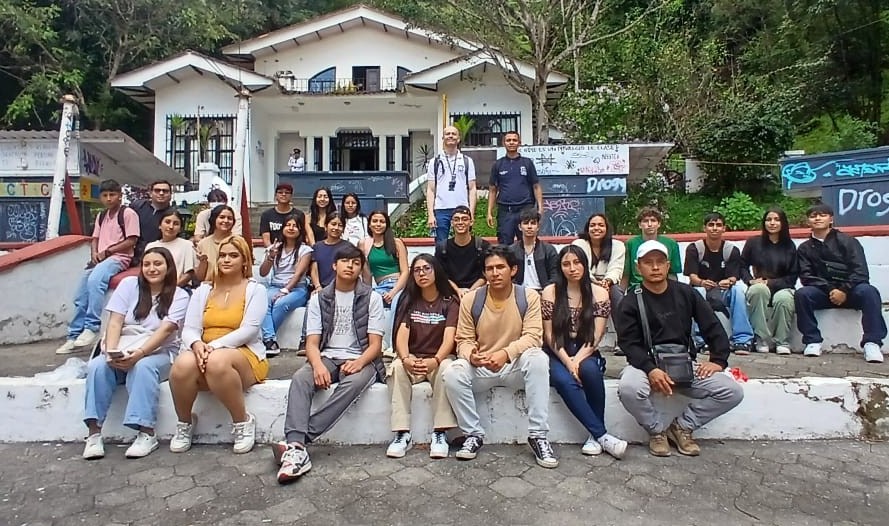
Provided photo
"That is why it’s no surprise to hear Professor Óscar speak with gratitude about his life as a teacher: “I always dreamed of being a teacher because of my mother. So, when I was invited, it was very rewarding, because at the Faculty of Arts, I felt a freedom I hadn’t felt in any other university setting. There, all students, regardless of their ideological, sexual, religious, or political orientation, are treated equally.
There’s a real sense of brotherhood across programs like Music, Graphic Design, and Fine Arts, which is the one I belong to. It’s also been a school of life for me to witness so much diversity and so much respect and tolerance in the classroom. It was incredible to meet students with worldviews so different from my own, but who helped me grow in my path as a professor.”
On that same path, and by way of conclusion, he adds: “I only have words of gratitude for the University of Cauca for everything it has given me. I hope to continue contributing to this Alma Mater and to my students, recognizing how diverse they are and understanding that life itself is diversity. In diversity lies the beauty of culture, the power of knowledge, because it is diverse and critical knowledge that forms competent professionals. So, from that diversity, I’m learning to build knowledge that is useful for all.”
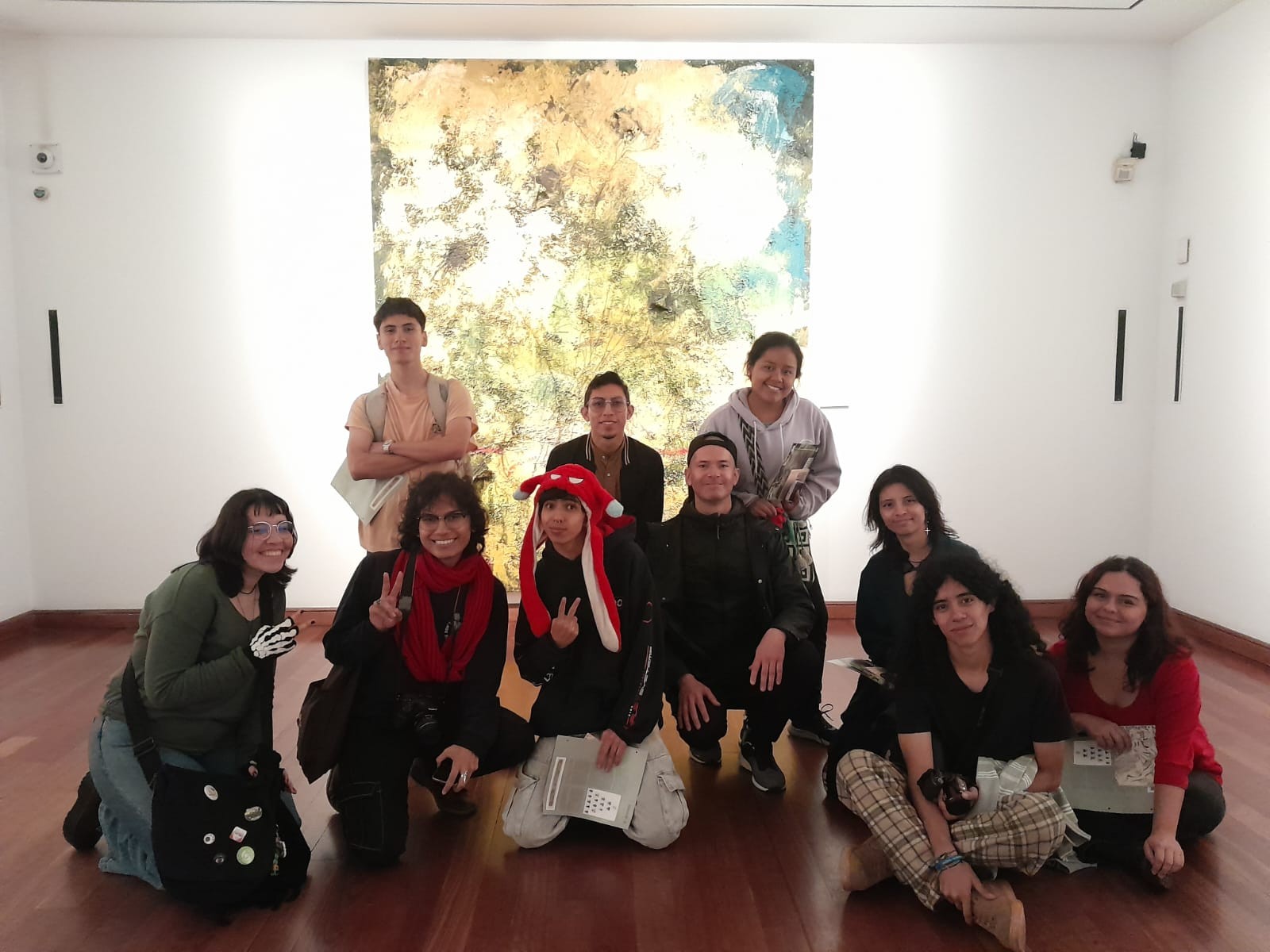
Provided photo
With this certainty, Óscar Esteban Hernández continues weaving, teaching, and learning with the conviction that knowledge, when rooted in empathy and diversity, can become a profound act of love and reparation.
From this house of thought, we express our deepest gratitude and recognition to Professor Óscar, whose career, knowledge, and commitment have been essential in strengthening critical thinking, opening spaces for dialogue, and cultivating respect for differences in our Alma Mater differences that so greatly enrich us. His reflection makes clear that diversity enhances university life and strengthens the ties that bind us as a community.
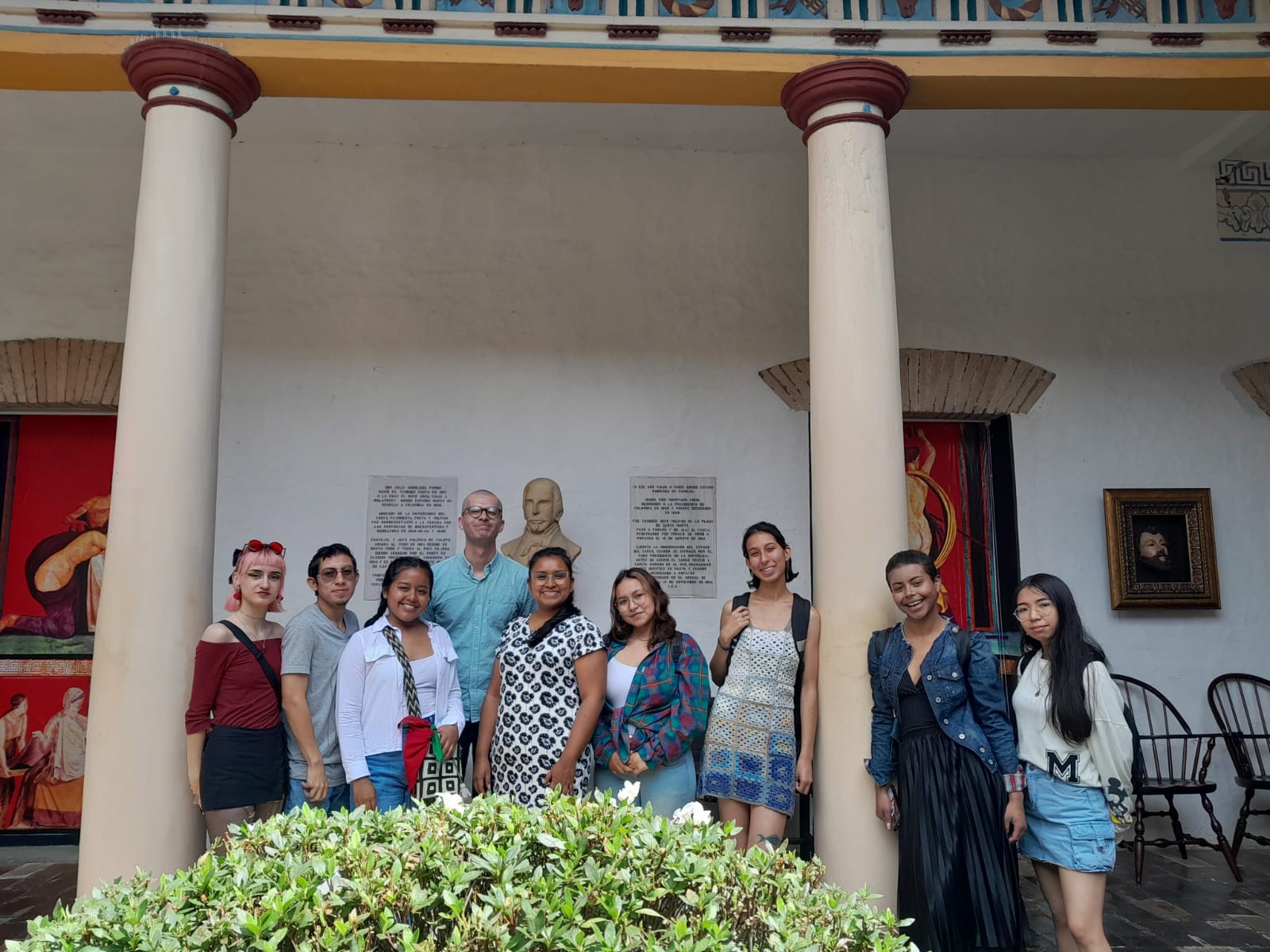
Provided photo
In the words of this very professor, the protagonist of our story, and in light of #PrideMonth, we at the University of Cauca invite you to discover and join the educational campaign “The Magic of Being”, an initiative that celebrates the value of diversity and seeks to build a more inclusive and safe university for everyone who inhabits it. We recognize that challenges, exclusions, and violence still exist realities that must be named and transformed and this can only be achieved together.
Written by: Communications Management Center


